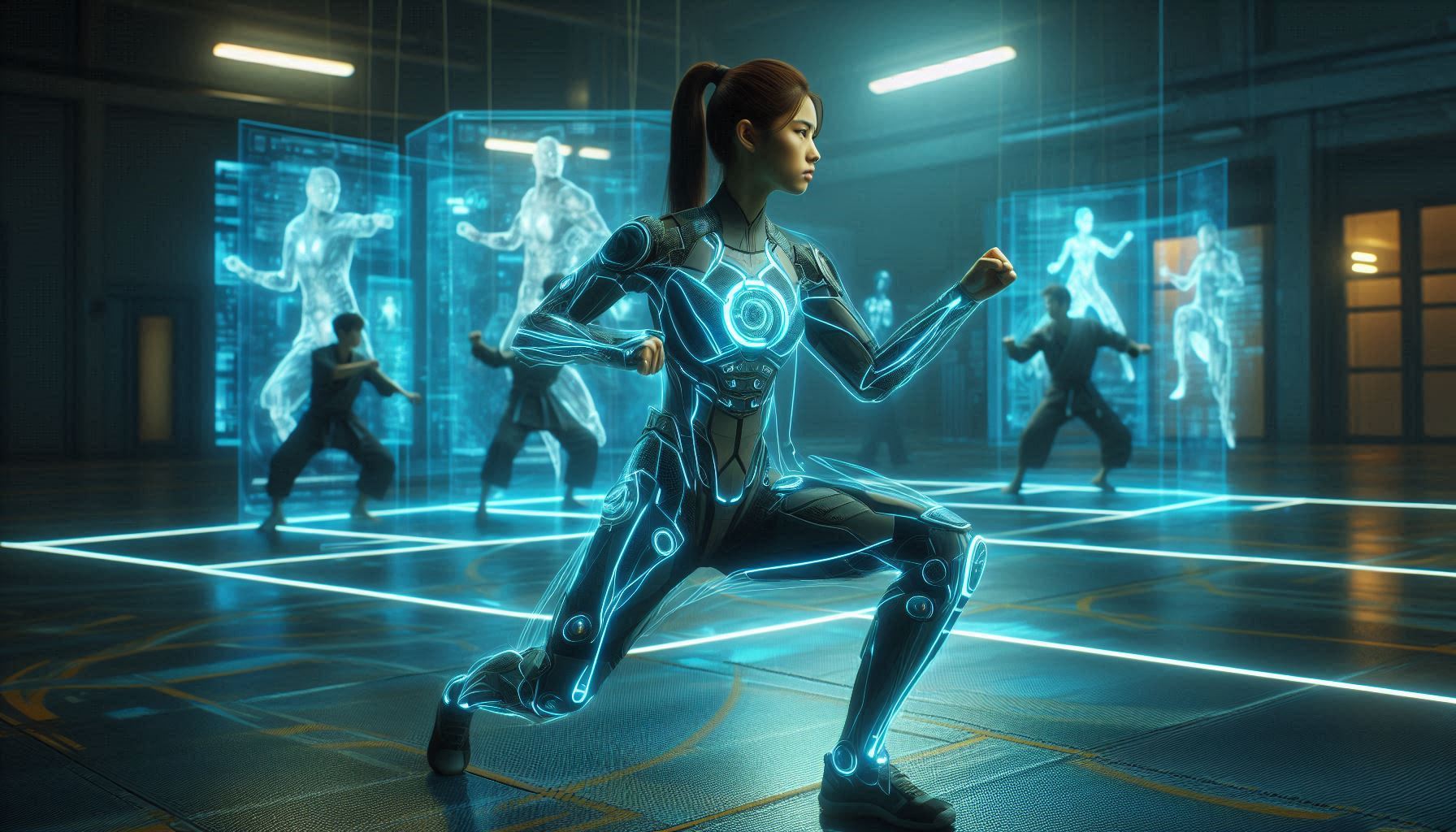In martial arts, Kumite is a Japanese term that means “sparring,” an essential practice for students to develop fighting skills in a controlled environment. But in the modern world, Kumite Technology takes this concept further by blending traditional sparring techniques with cutting-edge technology to create innovative training tools. This fusion not only helps improve practitioners’ skills but also offers a measurable, data-driven approach to martial arts training.
1. Understanding Kumite Technology
Kumite Technology incorporates digital tools, sensors, and analytics to monitor and enhance martial arts training. Designed with traditional sparring in mind, Kumite Technology focuses on performance tracking, safety, and refining techniques, making it an ideal addition for both beginners and advanced martial artists.
2. Key Components of Kumite Technology
a. Motion Sensors
Motion sensors are placed on gloves, body protectors, or clothing to capture data on movement speed, accuracy, and impact force. This allows practitioners to receive feedback on their technique, helping them adjust and improve.
b. AI-Driven Analytics
AI is often integrated into Kumite Technology to analyze data collected by sensors. The system can detect patterns, track progress, and provide personalized feedback, guiding students in real-time during training sessions.
c. Interactive Training Platforms
Many Kumite Technology tools come with apps or software that connect the data from sensors to an interactive platform. These platforms may include video feedback, instructional content, and personalized workout routines.
3. How Kumite Technology Benefits Martial Artists
a. Enhanced Training Feedback
Kumite Technology provides data on the force and accuracy of strikes, revealing key areas for improvement. Instead of relying solely on an instructor’s feedback, martial artists have direct access to detailed performance data.
b. Injury Prevention
Tracking movement patterns and impact force can help identify potential injury risks, encouraging safer training practices. Practitioners can modify their techniques to reduce strain and prevent repetitive stress injuries.
c. Accelerated Learning Curve
With real-time feedback, martial artists can make immediate adjustments to their form and technique, helping them advance more quickly in their training journey.
4. Real-World Applications of Kumite Technology
a. Martial Arts Gyms and Dojos
Kumite Technology is becoming more common in martial arts schools, where it’s used to train both new students and seasoned fighters. The data-driven approach aids instructors in monitoring student progress and creating tailored programs.
b. Professional Fighters
Professional fighters benefit from Kumite Technology by using it to track their performance metrics during sparring. This helps them fine-tune their strengths, work on weaknesses, and prepare for competition.
c. Virtual Martial Arts Programs
For students training remotely, Kumite Technology provides an engaging way to practice at home. With virtual platforms, students can participate in sparring sessions and receive immediate feedback, even when they’re not physically in a dojo.
5. Different Types of Kumite Technology Tools
a. Wearable Devices
Gloves, chest protectors, and shin guards embedded with sensors are popular Kumite Technology wearables. These devices track motion and impact, providing data that can be analyzed for improvements.
b. Smart Punching Bags
Some Kumite Technology setups include punching bags equipped with sensors to measure strike speed, accuracy, and force. These smart bags offer an efficient way to practice with measurable results.
c. Augmented Reality (AR) Training
Certain high-end systems incorporate AR, allowing martial artists to spar with virtual opponents. AR-based Kumite Technology makes training interactive and immersive, which is especially useful for solo practice.
6. Advantages of Using Kumite Technology
- Objective Data: Collects measurable data for accurate assessment.
- Convenience: Allows students to practice solo with detailed feedback.
- Real-Time Adjustments: Provides immediate corrections to techniques.
7. Challenges of Kumite Technology Implementation
a. Cost of Equipment
High-tech equipment and wearables can be expensive. While larger dojos and professional fighters may have the resources, smaller schools might face budget constraints.
b. Learning Curve
Using technology effectively requires training and familiarity. Instructors and students need to understand how to interpret data for it to be beneficial.
c. Potential Over-Reliance on Technology
While Kumite Technology is a valuable tool, it cannot replace the traditional guidance of a skilled instructor. Balancing technology with hands-on coaching is essential for a well-rounded martial arts education.
8. Future Trends in Kumite Technology
a. AI-Enhanced Personalization
As AI capabilities expand, Kumite Technology is likely to become more personalized, with AI-driven insights helping practitioners understand their unique strengths and weaknesses.
b. Increased Accessibility
With technology becoming more affordable, Kumite Technology may become accessible to more martial arts practitioners and schools, leading to widespread adoption across all skill levels.
c. Integration with Virtual Reality (VR)
The future may see VR integration in Kumite Technology, creating virtual sparring partners and realistic training scenarios without the need for physical contact.
9. Kumite Technology and the Martial Arts Community
Incorporating technology into martial arts training has its pros and cons. Some traditionalists may view Kumite Technology as unnecessary, while others see it as a valuable addition that can enhance learning. Regardless, the martial arts community is increasingly embracing tech innovations as part of the evolution of training methods.
Conclusion
Kumite Technology is transforming the landscape of martial arts by blending the ancient art of sparring with modern technology. It provides detailed data, enhances training feedback, and helps prevent injuries, making it a powerful tool for martial artists at all levels. Although it may require an initial investment and learning curve, the benefits of Kumite Technology are substantial. For martial artists who want to take their training to the next level, this technology offers a unique opportunity to combine tradition with innovation, optimizing performance and safety in the process.



